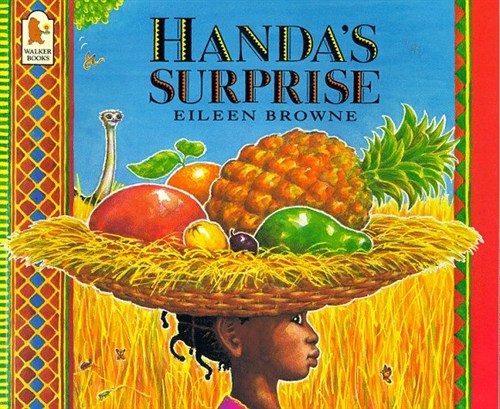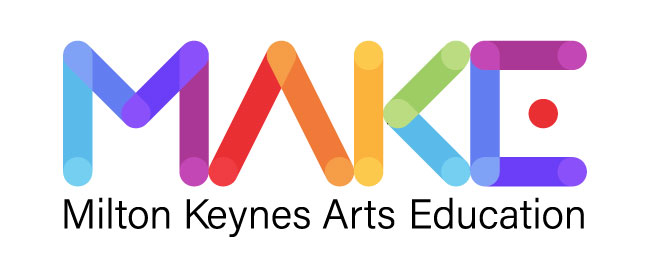Fresh approaches to popular texts: Handa’s Surprise by Eileen Browne
|
Here are some texts which have become staples of the primary curriculum. Think The Very Hungry Caterpillar, The Highwaymanand anything by Roald Dahl. You might be teaching these stories for the third, fourth or fifth time with your classes, and there is always room to freshen your approach by incorporating performing arts into your literacy lessons.
Here, we look at Handa’s Surprise (for Foundation and KS1) to reveal some ways of bringing them to and exploring the world outside the text, using the performing arts. Many of the techniques described below could be easily adapted to explore any texts you are discovering with your classes. Handa’s Journey Handa goes on a journey to give her friend Akweeo a gift, giving children the opportunity to put themselves into the story. What present would they like to give to another member of the class?
1. Group the children in pairs and ask them to think of a gift for another pair – it could be anything they can imagine! What do they think the other group would like? Ask the children to mime making or preparing this present. 2. Before the presents are handed over, encourage the pairs tojourney around the hall before meeting their group at a fixed point and giving their gift- mimicking Handa’s journey in the story.
3. You can then gather the children together and ask them what gifts they received, perhaps finishing with a dance using the gestures of giving and receiving presents, showing their response to them in their face and body.
This would lead nicely into a written description of the presents, perhaps in the form of a sentence or two underneath a picture.
The animals & the fruit Of course, the cheeky animals steal all of Handa’s fruit on her journey to Akweeo. Younger children may not have encountered animals such as antelope or ostrich.
1. Create a chant or song with the class, using the animals and fruit in the story, helping the children to remember the vocabulary as well as improve their music skills.
2. In pairs, have one child as Handa, with the other as an animal sneaking up behind her. The pairs travel around the hall and every time Handa turns around, the animal must freeze on the spot as if hiding from her. Use a backing track and ask the children to move in time to the music to add a music and movement challenge to the game.
3. You could also extend this scene beyond the book; what would happen if Handa turned round and caught the animals stealing? Can the children improvise this conversation in pairs? How would the animals explain themselves?
The children could then write character descriptions of the animals, or recount the moment of stealing the fruit from the animals point of view.
The ending & beyond At the end of the book, Handa is ‘surprised’ to see her basket full of tangerines.
1. Recreate this moment with the children, creating tableaux or role play of Handa and Akweeo’s meeting, before exploring what could have happened after the book finishes? Do Handa and Akweeo decide to do some detective work and find out what happened to Handa’s basket?
2. Narrate a story, asking the children to listen and mime what they hear. In the story the two friends retrace Handa’s steps, searching in the bushes for clues, seeing suspicious footprints, finding seeds and skins from Handa’s fruit and trying to solve the mystery. Do they work out what really happened, and how?
The children could then write their own sequel to Handa’s surprise, telling the story of Handa and Akweeo’s investigation.
Our next blog post will explore The Iron Woman by Ted Hughes so come back soon!
If you enjoyed this blog you might be interested to read our 10 top tips on teaching literacy through the arts posts, which aims to inspire teachers to use the performing arts to bring literacy to life. |
10 Feb 2015 |
















